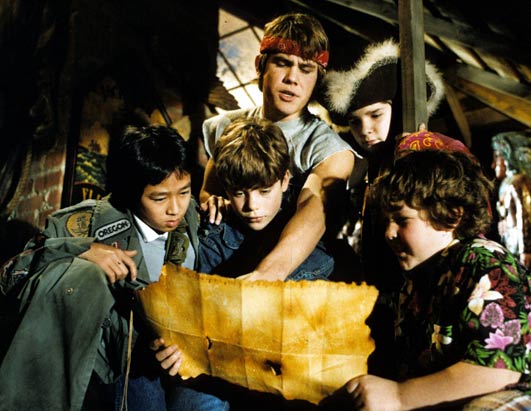
I find having plants to be a really enjoyable experience; not only look at and water, but touch their leaves and make them feel comfortable in their new home. I'm not talking to my new green friends yet, at least not that I'm aware of. I was walking around, examining the plants on the patio this morning and found what i thought was an unfurled leaf on a special nasturtium gifted us from a friend. So of course I touched it. "Ugh, that's not a leaf. That is a caterpillar eating my growing plant." My first instinct was to launch it off the porch, but I started to think about the arc of its life. I sadly have a moral dilemma at squashing an insect. They must have a purpose, too, but why do things like gnats exist?
Growing up back east, I remember the first hot day of the year was an event. Winter was cold and long. The weather would become a daily insult. By spring, my shoulders would hurt from having physically bracing myself against the weather for so long. The excitement of shedding the layers, of a bodily freedom not constricted by clothing, snow, cold, made that day the best of the whole year. It was nice to feel the warmth come from outside of a swaddling of coats and sweaters and scarves. What usually ruined this feeling was the bugs. Not a few crawling around, but swarms of them. The heat and humidity would tell them it was time, and they would hatch and rise and swarm over the grass. They were so small and plentiful and it was hard to keep track of where they were in relation to any part of me. They could be in my hair, fly into my nose, my mouth. It was unnerving. The desire to lay on the lawn was tempered greatly by the desire to not have a mouth full of flies.
After this first hot day, they would all be gone. My mother told me they only lived that one day, which I think was probably true, but I still think about it. Why would swarms of these things exist with no real purpose other than to fly around, make more of themselves, then die? The whole short life of these creatures seemed so pointlessly irritating to me.
So back to the caterpillar from this morning. I picked it up with a trowel and flung it into a nearby tree and I thought about the nature of it's life. A caterpillar is one stage in the life of a butterfly. I think we accept it as a different creature than it's adult form because of it's completely different nature: bulbous, inching along, always hungry. As an adult, a butterfly or moth may not even have a mouth, depending on the species. It may not eat at all. An elaborately decorated creature that flutters from plant to plant, unconsciously moving pollens. It mates, it lays eggs, it dies.
All of this life I thought about. I felt like I had been looking at this insect with the wrong perspective the entire time. Perhaps it's contribution to the relational universe was not something that it consciously did, but something that it could not help but do. It consumed what it could as a larvae, then used all of that energy to be in the world as an adult, pollinating my kitchen garden along the way. Whatever it contributed to my life, it was through it just being what it could not help to be. I'm sure there are a thousand greeting cards that share the above sentiment, but I'm glad that little thing reminded me that the sentiment is more than printed paper.











+8x12+300+dpi.jpg)



























